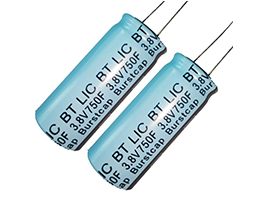Consulting phone:
135-3037-2041
(Mr.Wang)
The principle of anti-harmonics of smart capacitors adopts the selection and deployment of reactors and reactor parameters to reduce harmonics in the loop and avoid resonance caused by harmonics.
The effect of the power capacitor is to connect the compensation capacitor to adjust the load properties and improve the so-called power factor;
Traditional smart capacitors can adjust the connected capacitance according to the power factor to achieve the purpose of optimizing compensation;

Generally not serious harmonics, the compensation capacitor itself can filter them out, but for serious harmonics and loads with high-order harmonics, high-order harmonics will form resonance between the rational load and the compensation capacitor (LC oscillation), resulting in system voltage distortion and capacitor overload. At this time, although the resonance can be eliminated by changing the input capacitance, it conflicts with the capacitance requirement for optimizing the power factor, so that the traditional smart capacitor cannot achieve the purpose of optimizing the power factor;
The anti-harmonic smart capacitor is connected to a reactor in the system. After the selection and deployment of the reactor and capacitor parameters, the LC parameters of the system violate the resonance point of the higher harmonics, so that the capacitor can normally play the role of compensation and filtering. Effect.